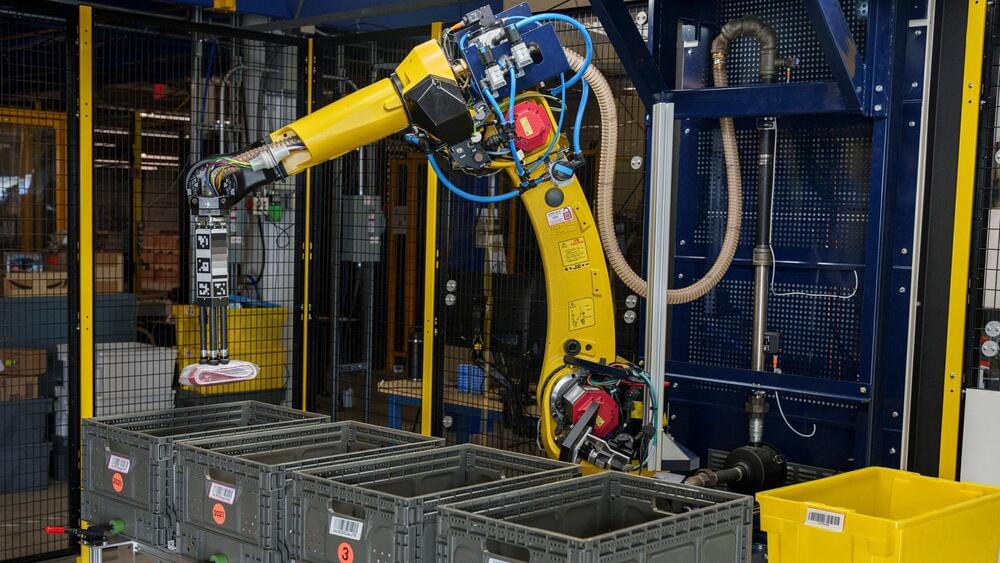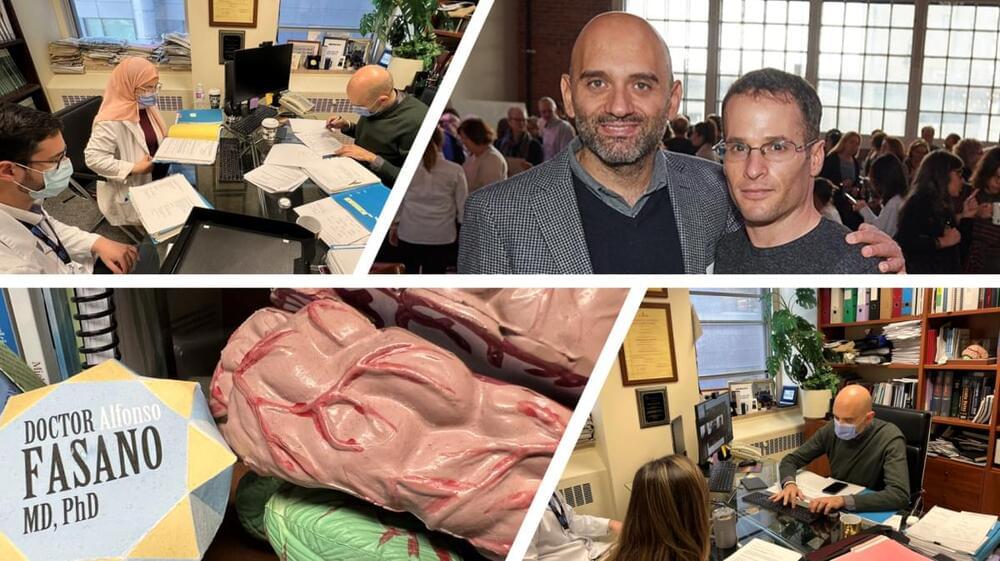In the effort to efficiently convert heat into electricity, easily accessible materials from harmless raw materials open up new perspectives in the development of safe and inexpensive so-called thermoelectric materials. A synthetic copper mineral acquires a complex structure and microstructure through simple changes in its composition, thereby laying the foundation for the desired properties, according to a study published recently in the journal Angewandte Chemie.
The novel synthetic material is composed of copper, manganese, germanium, and sulfur, and it is produced in a rather simple process, explains materials scientist Emmanuel Guilmeau, CNRS researcher at CRISMAT laboratory, Caen, France, who is the corresponding author of the study. The powders are simply mechanically alloyed by ball-milling to form a precrystallized phase, which is then densified by 600 degrees Celsius.
The Celsius scale, also known as the centigrade scale, is a temperature scale named after the Swedish astronomer Anders Celsius. In the Celsius scale, 0 °C is the freezing point of water and 100 °C is the boiling point of water at 1 atm pressure.







